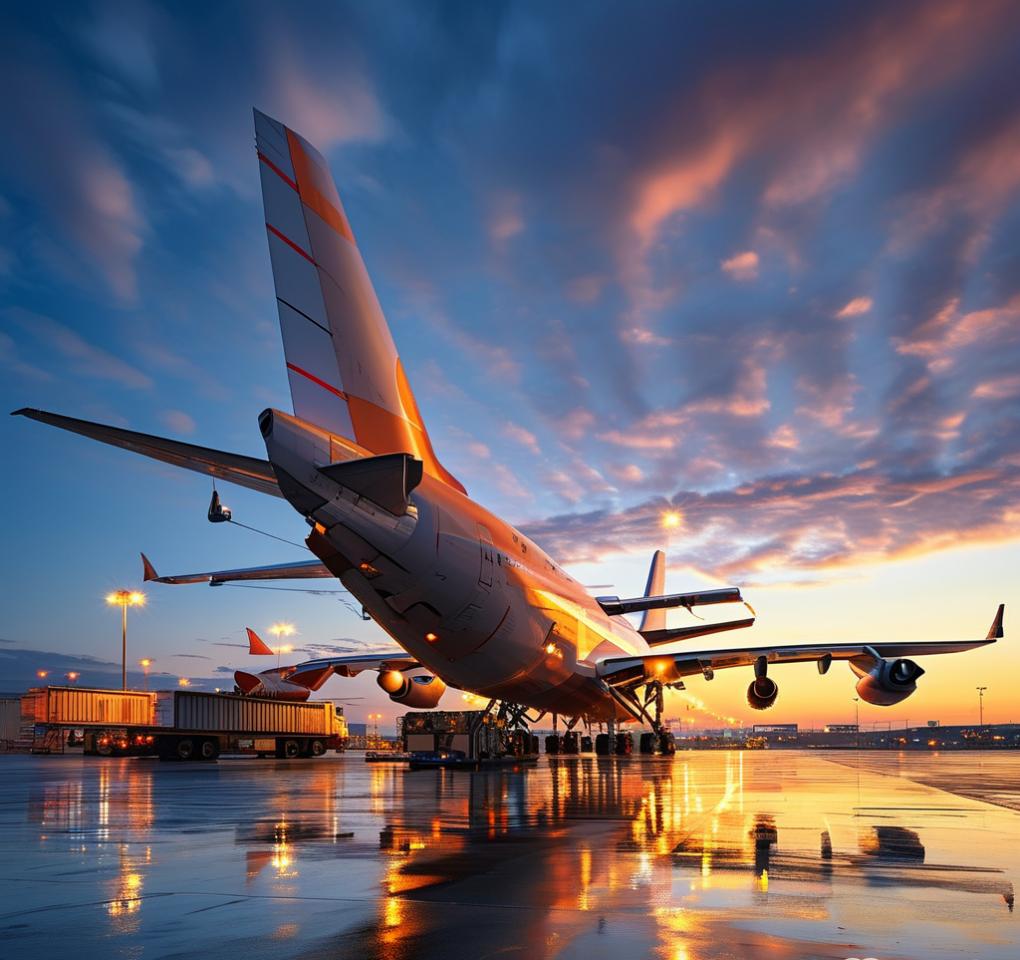Exporting food products from China to Thailand involves several critical steps to ensure that the goods are compliant with both Chinese and Thai regulations, safely transported, and properly taxed. Whether you’re dealing with perishable goods or packaged foods, here’s a comprehensive guide to help you navigate the process.
1. Understand Thai Import Regulations for Food Products
Before exporting food to Thailand, it’s crucial to be aware of the Thailand shipping regulations for food imports. Thailand has strict regulations regarding the import of food products to ensure they meet health and safety standards. You’ll need to check if the products require:
- Health certification: Certain food products may require certification from Chinese authorities.
- Import permits: Depending on the type of food, you might need special import permits.
- Labeling requirements: All food products must be properly labeled according to Thai law, including ingredients, expiration dates, and country of origin.
2. Choose the Right Shipping Company
For smooth exportation, selecting the right shipping company is essential. Ask for a shipping company quote to Thailand, as shipping rates can vary based on factors like cargo weight, size, and transport method (air or sea). When requesting quotes, ensure the shipping company is experienced in food product transportation and is familiar with the specific requirements for food imports to Thailand.
3. Consider Packaging and Handling for Food Products
Food products often require special handling and packaging to prevent spoilage, contamination, or damage during transit. Use packaging that ensures the food remains fresh and meets both Chinese export regulations and Thai import standards. For example, perishable items like fruits or meats may require refrigerated containers or cold chain logistics.
4. Understand Thailand Shipping Taxes
Like any international shipment, food exports to Thailand are subject to import taxes and duties. To avoid unexpected fees, consult the Thailand shipping tax guide from China. Import duties on food products in Thailand can vary based on the type of product and its classification. For example, certain processed foods may have lower duties than raw agricultural products.
It’s essential to ensure that the correct HS code (Harmonized System Code) is used for the customs declaration. Your shipping company or freight forwarder can assist you in determining this code and help you understand any tax exemptions or reductions that may apply.
5. Work With a Reliable Customs Broker
To expedite the import process, it’s recommended to work with a reliable customs broker in Thailand who can handle all the necessary paperwork and ensure your food products clear customs without delay. The customs broker will also help ensure you comply with the FDA regulations and that the food products are properly inspected before they reach the market.

PAA (People Also Ask)
- What do I need to export food products to Thailand?
You’ll need to ensure your food products comply with Thailand’s health and safety regulations, including obtaining the necessary certifications and permits. Proper labeling and packaging are also essential. - How do I choose the right shipping company for food exports?
When choosing a shipping company, ask for a quote and ensure they have experience with food products. Look for companies that specialize in temperature-sensitive shipments and have a strong track record in shipping to Thailand. - What taxes apply when importing food to Thailand?
Thailand imposes import duties and VAT on food imports. The amount depends on the HS code of the product, and there may be tax exemptions or reductions for certain types of food. - Do I need a special license to import food into Thailand?
Yes, certain food products may require import permits or health certifications. Check with Thai authorities to ensure you have all the necessary documentation for your food shipments. - How can I ensure my food shipments arrive in good condition?
Use proper packaging and shipping methods, such as refrigerated containers or cold chain logistics, to prevent spoilage or contamination during transit.
